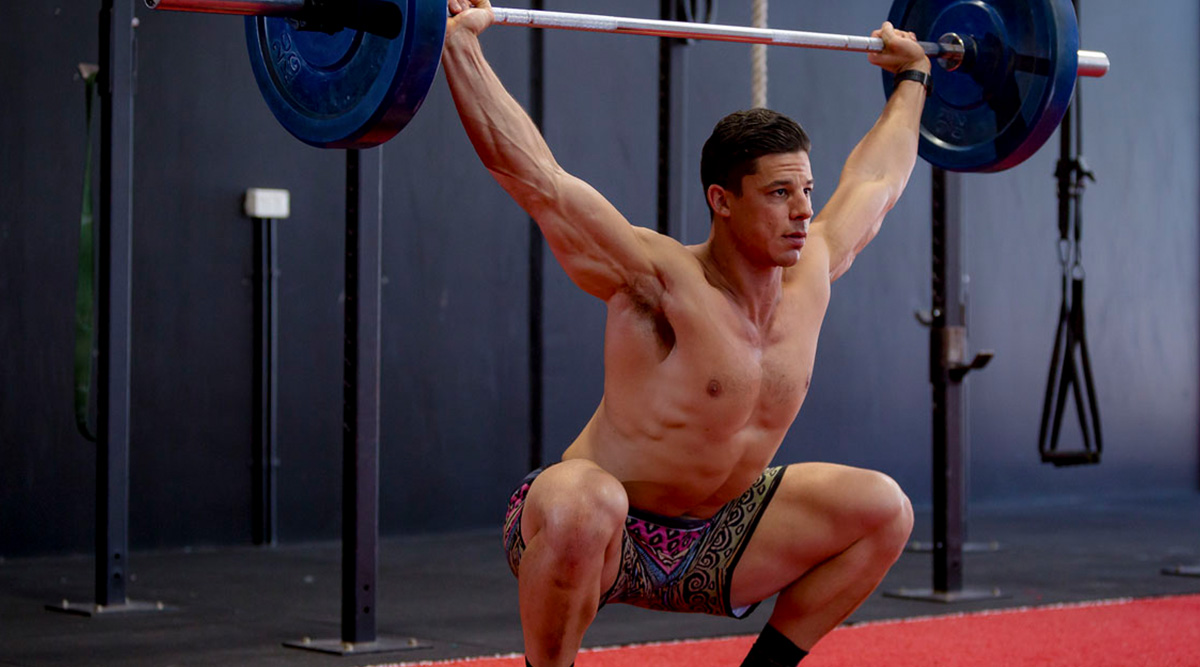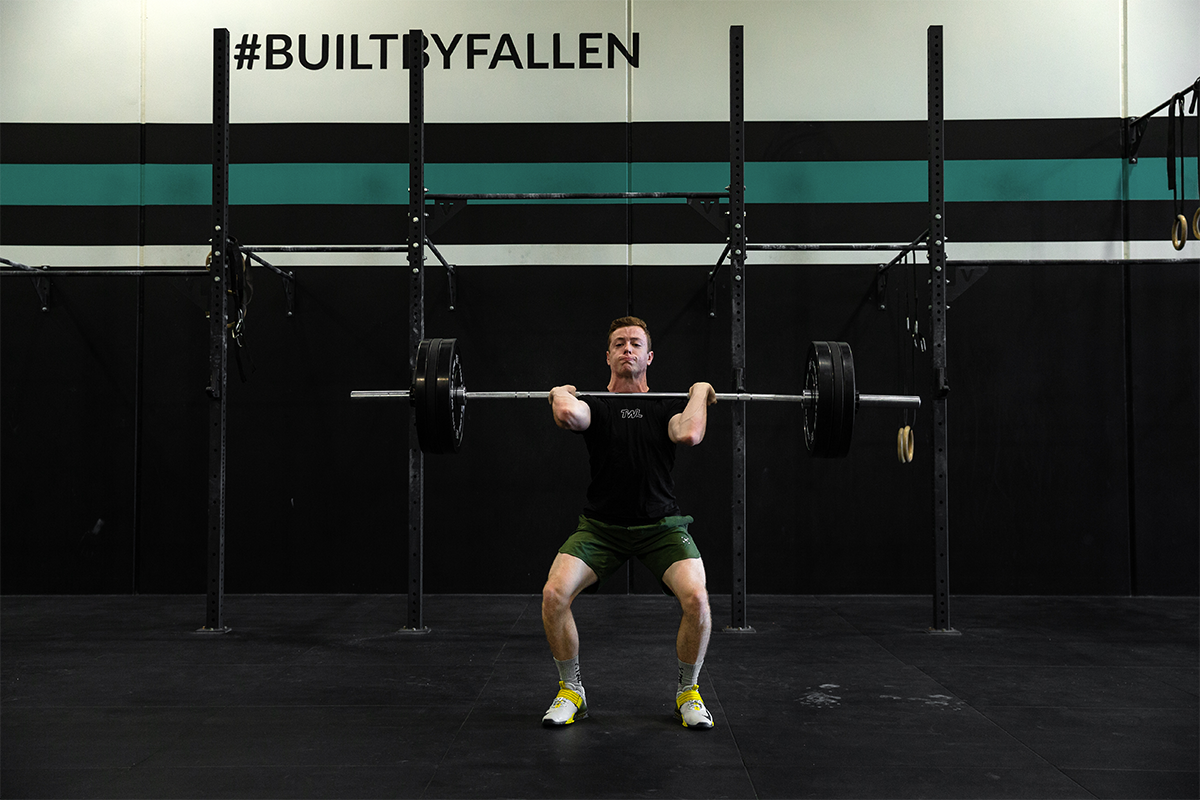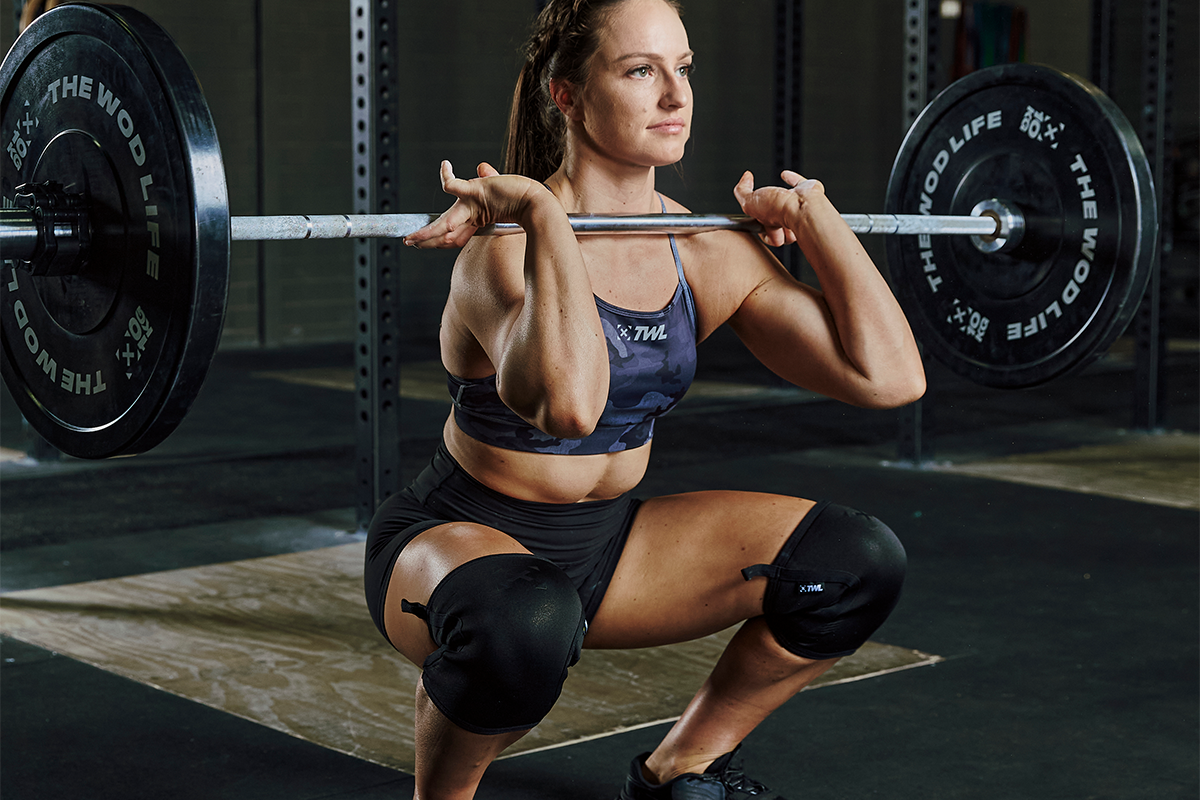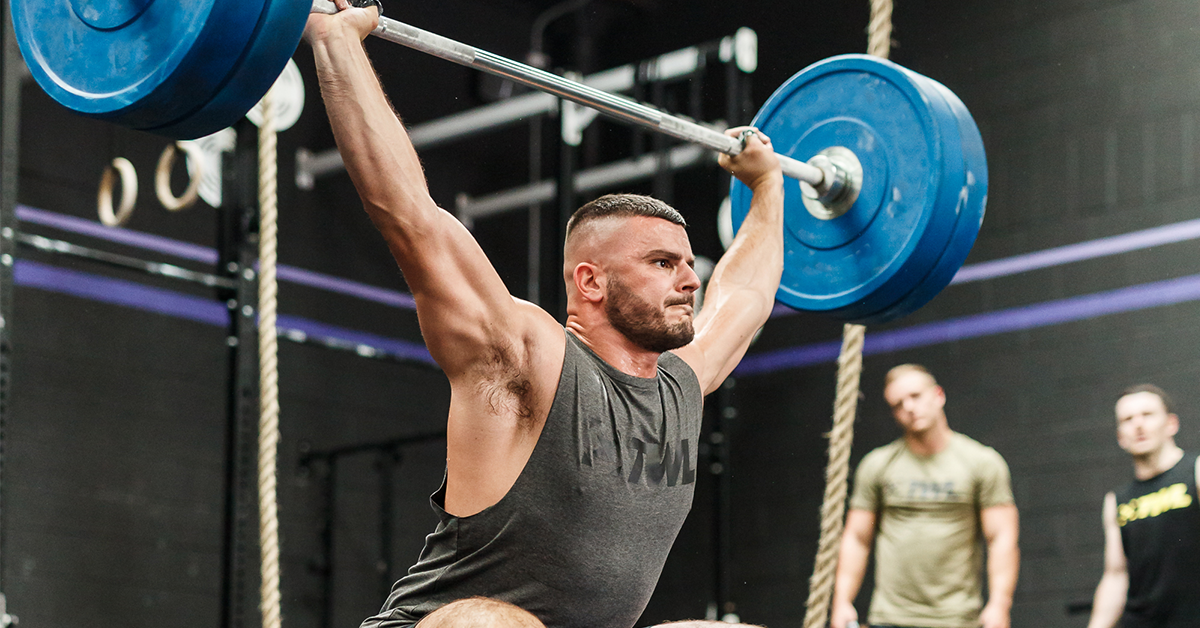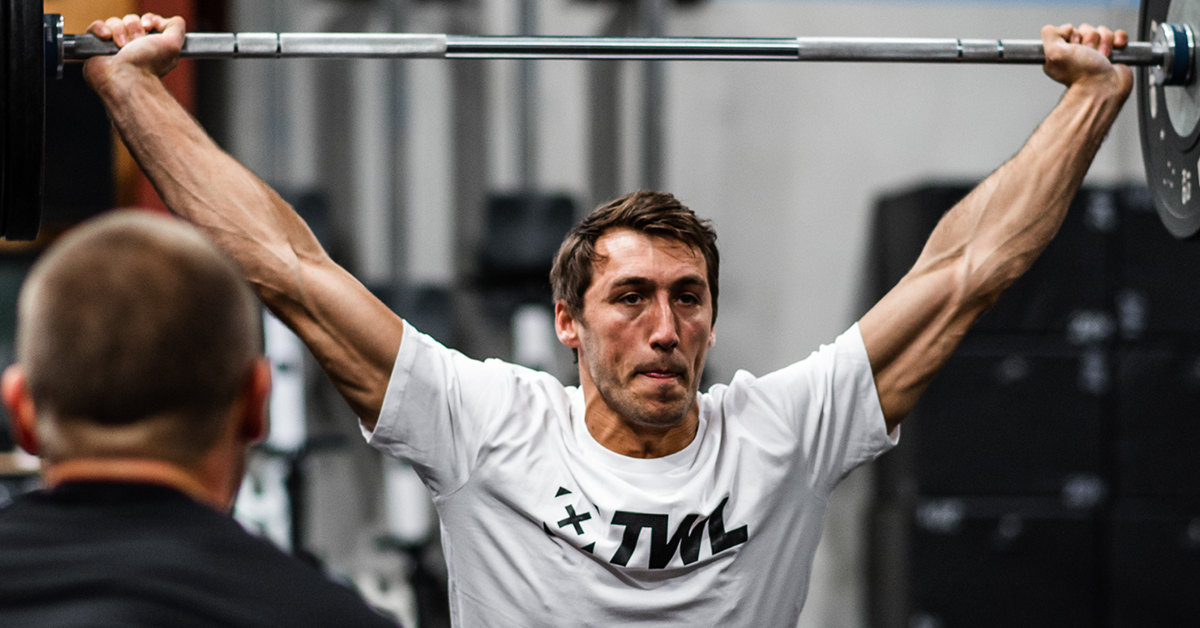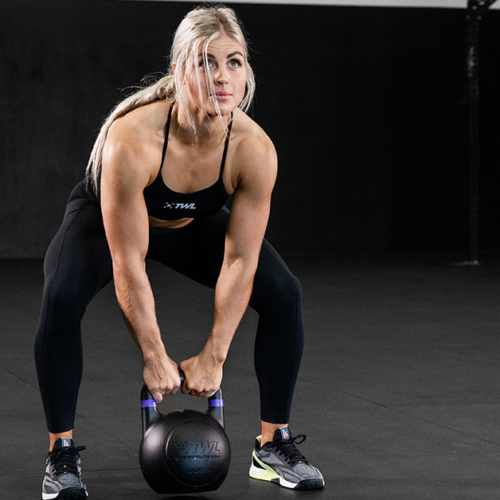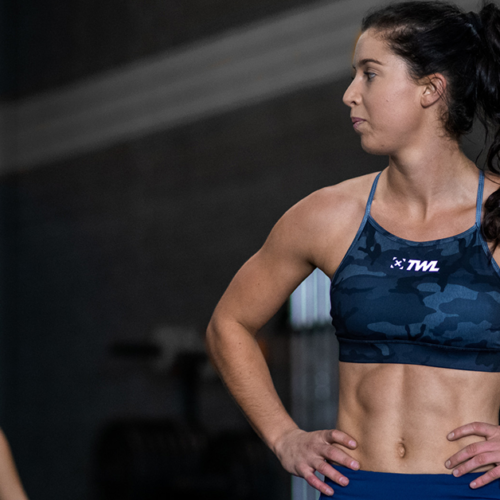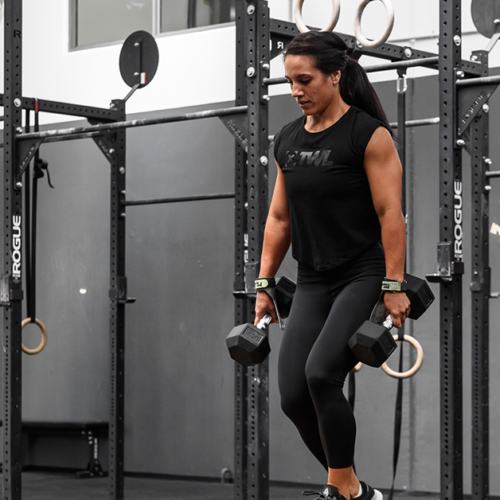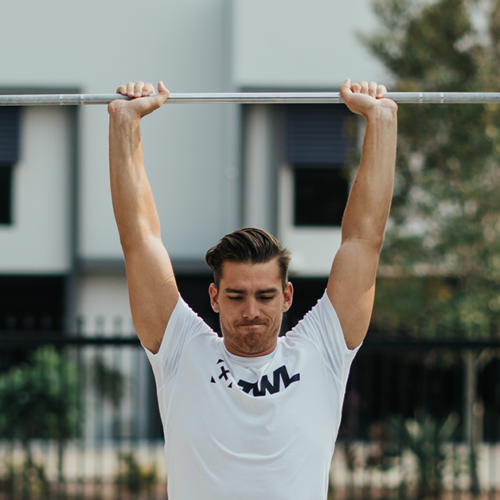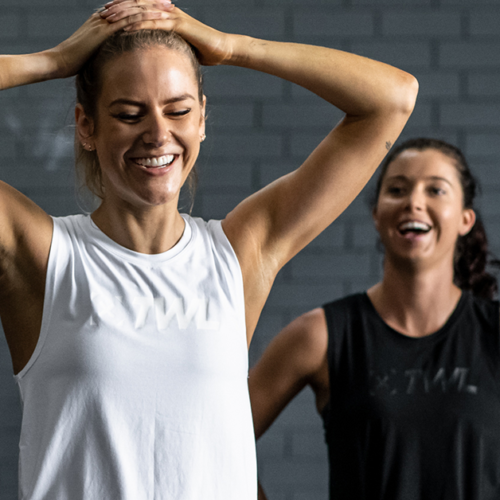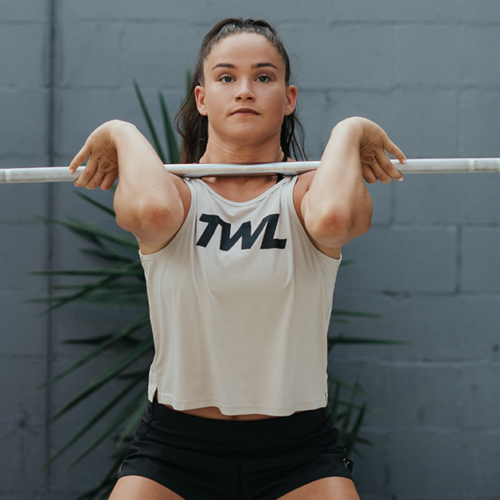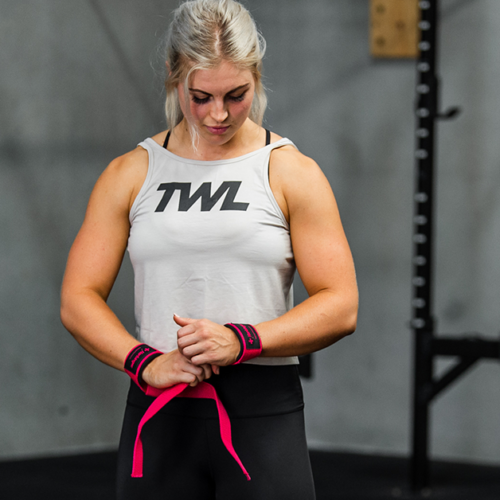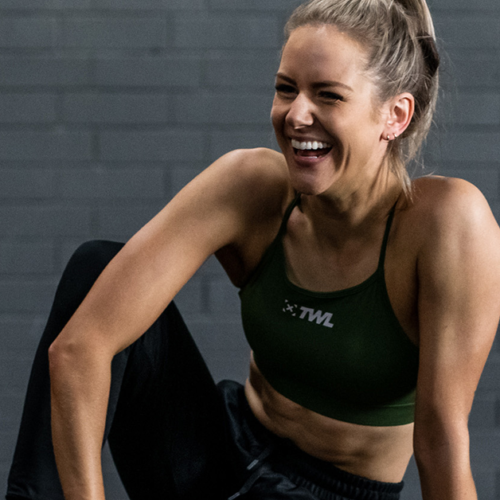Describe a better feeling than crushing a new lifting PB that you have been working on for months. I’ll wait.
Maxing out your lifts is the culmination of months of preparation and hard yakka. You’ve been thinking about this lift and dreaming about it. Maybe you have even visualised yourself in the green and gold of Australia, standing atop a mountain, and the whole nation is willing you up out of that heavy back squat.
The day has come, but in the back of your head, you are questioning yourself. Am I ready? Am I rested? Did I warm up properly? Am I appropriately fuelled?
Luckily, these doubts can be put to rest by following some of these preparatory steps to ensure that you are firing come testing day.
View this post on Instagram
What is a Max-Out?
A “max-out,” a.k.a. “max,” “1-rep max,” or “1RM,” is the portion of your training cycle where you test how much you can lift for one rep. The “lift” can be any movement you have been building up to, but max-outs are generally focussed around the powerlifts (back squat/deadlift/bench) and Olympic lifts (snatch/clean and jerk). A true 1RM leaves nothing in the tank and can often result in a failed rep. As such, you should ensure that you are lifting with proper form and safety.
How Can I Prepare for a Max-Out?
Proper preparation is key to hitting a new 1RM lift. Testing days are some of the most intense sessions you will have and can cause extreme fatigue on your central nervous system (CNS).
Programming
What do your weeks or months of training leading up to testing day look like? Hopefully, in the recent past, you have been hitting multiple reps at more than 90% of your 1RM. This is training your body to feel comfortable under that weight and building the strength necessary to progressively overload to the next cycle.
View this post on Instagram
In the week leading up to your test, though, your body needs to be free from fatigue and soreness and be ready to fire. Low-impact, low-intensity sessions to keep your muscles and joints ticking over are ideal. Cycling or rowing with some light barbell movement works well here.
Importantly, the week leading up to a test is not the time to be pushing heavy weights.
Nutrition and Rest
Having your nutrition on point is vital to achieving progression across any modalities of fitness. However, you need to be laser-focussed the week leading up to your test to have adequate nutrient intake, hydration levels, and quality of sleep. Avoiding stimulants, processed or refined foods, and high-sugar food and drinks is even more important during this period. Try to stick to lean meats, vegetables, fruits, and nuts.
1RM attempts predominantly recruit the glycolytic energy system, so make sure that you are getting enough high-quality carbs in the days leading up to your test.
View this post on Instagram
Ensuring that you are getting at least eight hours of quality sleep per night and maintaining hydration levels will also have a major impact on your performance.
The Day of Your Max-Out
It’s test day! You have your Spotify playlist ready, tripod set up, and a cheer squad in tow. But before you dive in, ask yourself: Have you planned out your activation and warm-up period? Have you given yourself enough time? Adequate mobilisation and movement prep can be the difference between a new PB and a failed rep. Dedicating at least 30 minutes before your warm-up to prep your joints and muscles for the oncoming load is vital.
You should also have a plan of attack with your warm-up reps. Start with a very light weight for between 5 and 10 reps. Then, incrementally add 10% to 20% of your previous 1RM, lowering the rep count and working to perfect form, with plenty of rest between sets. Importantly, get at least two reps in at more than 90% of your planned 1RM to prep your CNS.
View this post on Instagram
Sets should have enough time between each for full recovery (four minutes or more).
To give an example, here are my most recent back squat weight jumps.
20 kg x 10
40 kg x 8
80 kg x 5
110 kg x 2
130 kg x 1
150 kg x 1
170 kg x 1
190 kg x 1
195 kg x 1
210 kg (1RM test) x 1
Lastly, take a deep breath and know that you have done what you can to prepare for the day, and enjoy!
Want more help with your Olympic lifts? Check out our blog on four small but helpful cues for weightlifters.

